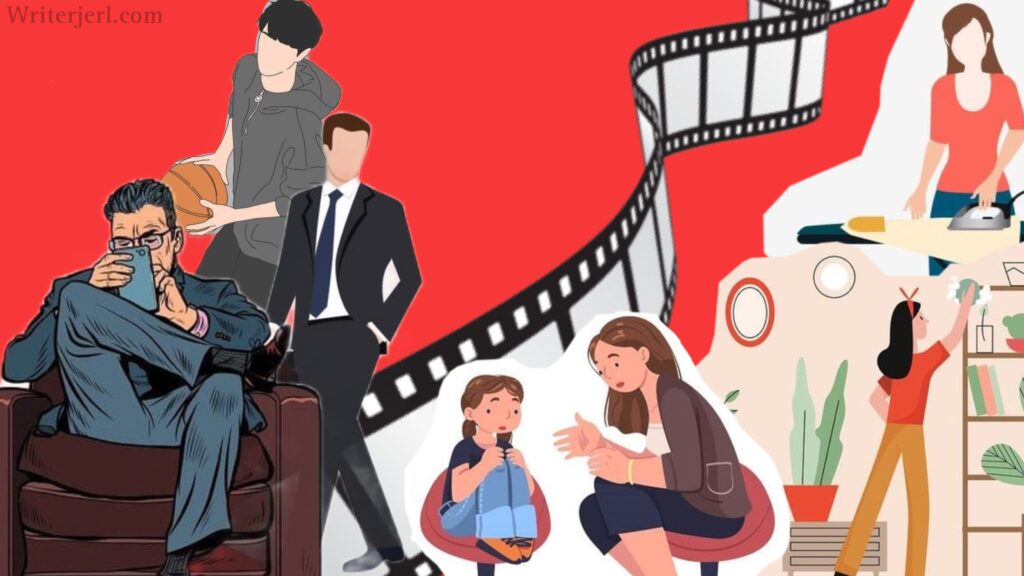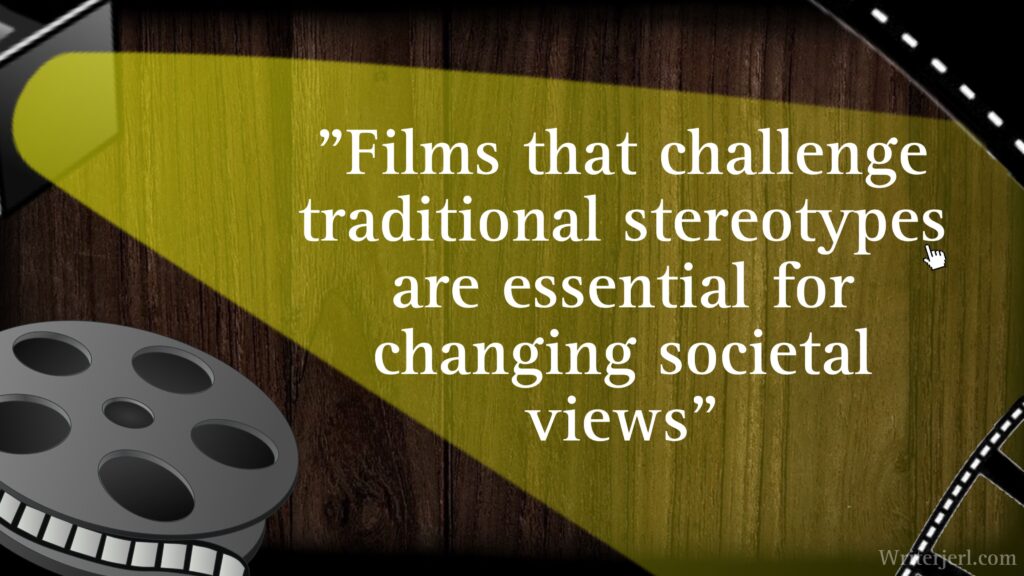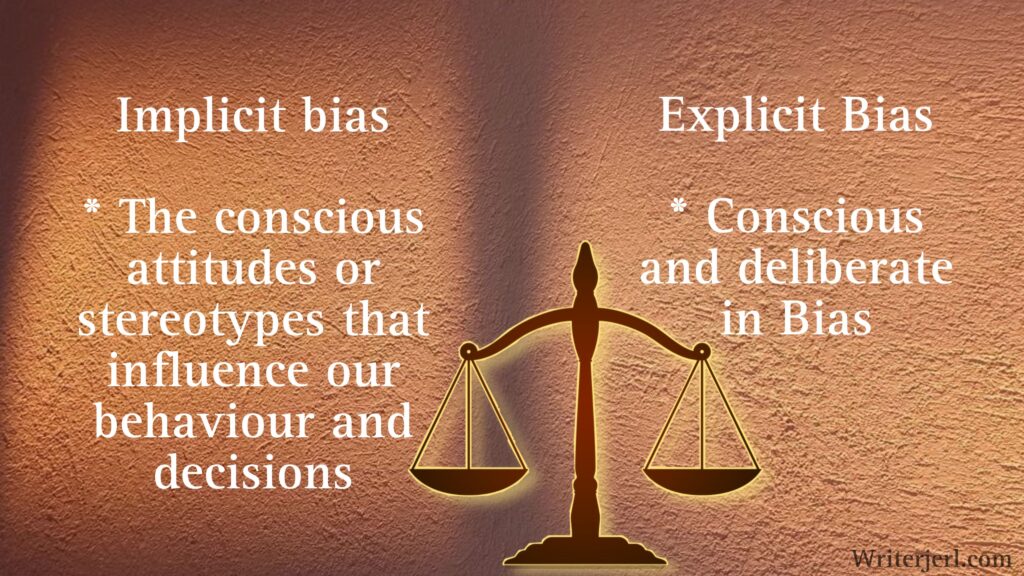fem-anger unfold-027
Introduction
Gender stereotypes in media refer to the oversimplified and generalized portrayals of men and women, often perpetuating traditional and limited roles based on societal norms. These stereotypes influence how people view gender roles and behaviors, reinforcing biased perceptions.
Reinforcement of stereotypes
Media often extends gender stereotypes, depicting men as strong, assertive, and dominant, while women are portrayed as nurturing, passive, and dependent. These representations can normalize and reinforce societal expectations about how individuals should behave based on their gender. For example, action films frequently showcase male heroes who symbolize hardiness and aggression, while female characters may be referred to supporting roles that emphasize beauty and emotionality.
The portrayal of gender in media can knowingly affect individuals’ self-perception and identity formation. When people see themselves represented in media, it can foster a sense of belonging and validation. Conversely, underrepresentation or negative pictures can lead to feelings of inadequacy and low self-esteem, particularly among marginalized groups.
For example, advertisements that depict women primarily in domestic roles can reinforce the notion that caregiving is a woman’s responsibility, while men are often shown in professional or adventurous contexts, extending the idea that they are the key breadwinners.
The power of media
Social media platforms have transformed the landscape of media representation, allowing for more diverse voices and perspectives to be heard. Unlike traditional media, social media enables individuals and groups to share their stories and challenge dominant stories. This democratization of content creation allows for a wider range of gender representations, including those that challenge stereotypes and promote equal opportunity. Hashtags and campaigns, such as #MeToo and #TimesUp, have mobilized communities to address issues of gender inequality and harassment, establishing the power of social media in shaping public discourse.

The impact of gender stereotypes in media
In cinema, the glorification of hyper-masculine heroes and the marginalization of female characters reflect deep-rooted cultural norms.
Example
An example of a 2024 Tamil movie that reflects gender stereotypes in media is Thangalaan (2024), starring Chiyaan Vikram. While the film promises an epic historical action drama set against the backdrop of the Kolar Gold Fields, it also shows several gendered images common in Tamil cinema.
Male Stereotypes
The protagonist, played by Vikram, represents the classic “hero” stereotype often seen in Tamil films—strong, aggressive, and driven by vengeance or a higher cause. His character, as seen in the film’s trailor and promotional materials, is portrayed as a fearless and physically powerful warrior, emphasizing the typical traits of masculinity such as strength, bravery, and leadership. This continues the trend where male protagonists are depicted as dominant figures, often emotionally hardened, while their softer emotions or weaknesses are rarely explored.
Female Stereotypes
While Thangalaan has a strong male lead, the female characters, played by actresses such as Parvathy and Malavika Mohanan, appear to fall into more traditional roles. Based on initial impressions, their characters are either supportive or secondary to the male protagonist’s journey. Tamil cinema often places women in these roles either as love interests, emotional support, or inactive figures in the hero’s quest, supporting the idea that men are the major power of action and decision-making.
Women in such films are normally shown as symbols of moral guidance or as caretakers, with limited independence in the story. These stereotypical pictures can restrict the choice of female representation, often side-lining their own stories in favor of enhancing the hero’s storyline.
These portrayals(gender stereotypes in media) repeated across films and media, have a major influence on societal expectations of gender and it is affecting real life behaviors and choices.
The importance of intersectional media representation
It’s essential to consider intersectionality when analyzing media representation. Gender does not exist in a vacuum; it intersects with race, class, sexuality, and other identities. Media that fails to acknowledge these intersections can maintain a narrow view of gender roles.
Accurate and meaningful representation matters because media shapes public perceptions and attitudes. Media has to represent and reflect the full spectrum of people’s identities. So that it can provide audiences with a more tinged understanding of the world and its diversity. Intersectional representation helps to challenge stereotypes and provides a platform for marginalized voices, allowing for more inclusive storytelling.
This is particularly important for young audiences who often look to media for role models and narratives that reflect their lived experiences.

Towards a more inclusive future
Films that challenge traditional stereotypes are essential for changing societal views. So that can offer audiences new perspectives on what it means to be male or female.
Mainstream media has traditionally focused on certain types of stories especially those centered on white, cisgender, heterosexual, middle-class characters. This has created a narrow understanding of the human experience.
For instance, more stories could highlight the experiences of transgender, women of color, LGBTQ+ whose identities place them at the intersection of multiple forms of discrimination. Actually speaking, Films and TV series could focus on the lives of disabled people navigating a world not designed for their needs, while also considering how race, gender, or class plays into their experiences. Such stories would not only challenge stereotypes but would also allow audiences to engage with the lived experiences of people whose voices have often been marginalized.
Raising awareness of implicit bias: A Crucial step
Implicit bias refers to unconscious attitudes or stereotypes that influence our behaviour and decisions. These biases are often rooted in the stereotypes we have absorbed from media, culture, or personal experiences. Educating people on how to recognize their own implicit biases is a crucial part of breaking down.

Implicit bias differs from explicit bias, which is conscious and deliberate. While explicit bias involves overtly holding discriminatory beliefs or attitudes, implicit bias operates automatically, often outside of our conscious awareness. This means, that even people who consider themselves fair-minded and open to diversity may unknowingly act in ways. And that can reflect societal stereotypes.
To mitigate the effects of implicit bias, individuals first become aware of its existence and the impact on their behaviors.
Encouraging self-reflection and critical thinking is key to understanding how implicit biases influence behaviors.
Conclusion
Media serves as a powerful tool for shaping societal norms and expectations regarding gender roles. When media consistently portrays certain behaviors as desirable or acceptable for one gender over another, it can influence audience attitudes and behaviors.
On the other hand, media can also challenge and subvert traditional gender roles. Increasingly, films and television shows are featuring complex female characters who are strong, independent, and complicated. Similarly, male characters are with emotional and weakness. These representations can help to expand societal perceptions of gender and promote equality by showcasing diverse experiences and capabilities.
-Writer.Jerl
(Contents are Authoress’ own)